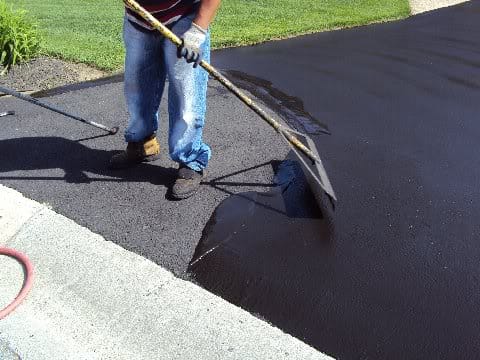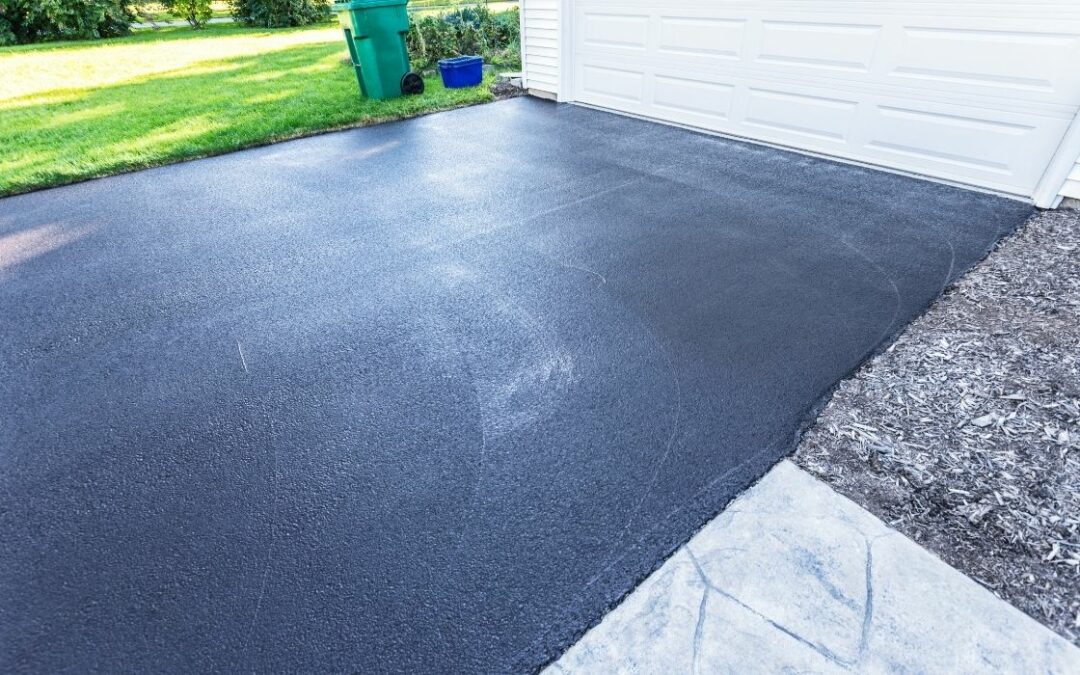Warm Mix Asphalt: A Lasting Remedy for Sidewalk
Warm Mix Asphalt (HMA) has actually arised as a leading lasting option for pavement solutions, using a myriad of ecological benefits and innovative technologies. As the need for environment-friendly construction practices expands, exploring the subtleties of HMA's sustainability can provide useful insights right into the future of pavement options.
Environmental Advantages of Hot Mix Asphalt

Furthermore, Hot Mix Asphalt assists to reduce city heat island results. Its dark color takes in sunlight, lowering the quantity of warmth showed back right into the environment contrasted to lighter-colored sidewalks. This can reduce ambient temperatures in metropolitan locations, decreasing the need for cooling and inevitably reducing power usage.
On top of that, Warm Mix Asphalt adds to improved stormwater management. Its permeable nature permits water to infiltrate the pavement and recharge groundwater materials, minimizing overflow and the threat of flooding. These environmental advantages make Hot Mix Asphalt a lasting option for leading freeways and roadways.
Power Performance in HMA Manufacturing
Is power effectiveness an important aspect in the manufacturing of Hot Mix Asphalt (HMA)? Power plays a considerable function in the manufacturing of HMA, influencing both price and environmental sustainability. One vital element of energy performance in HMA manufacturing is the use of cozy mix asphalt (WMA) innovations.
Additionally, advancements in plant modern technologies have actually resulted in even more energy-efficient HMA production procedures. Modern plants are developed with features like recycled asphalt sidewalk (RAP) processing capacities, effective heater systems, and enhanced insulation, all contributing to power cost savings. By maximizing energy use in HMA production, the sector can decrease its carbon impact while preserving high-grade pavement products. Energy efficiency is, consequently, an essential consideration in making sure the sustainability of Hot Mix Asphalt production.
Recyclability of Warm Mix Asphalt
The recyclability of Hot Mix Asphalt (HMA) is a critical facet of its sustainability and long-lasting environmental effect. HMA is just one of one of the most recycled materials in the United States, with over 100 million tons of reclaimed asphalt pavement (RAP) being recycled each year in brand-new sidewalk construction. Recycling HMA provides a number of visit our website ecological advantages, such as decreasing the requirement for virgin products, decreasing power intake during manufacturing, and lowering the quantity of waste sent out to land fills.
The process of recycling HMA entails milling the existing sidewalk, crushing it into smaller sized items, and blending it with new aggregate and asphalt binder to develop a recycled mix. Generally, the recyclability of HMA plays a significant function in advertising sustainable practices within the pavement market.

Long-Term Performance of HMA
Asphalt pavements show resilience and resilience over a prolonged duration, showing the lasting performance of Hot Mix Asphalt (HMA) In addition, developments in HMA innovation, such as the webpage use of polymer-modified binders and warm mix asphalt, have actually further improved the durability and durability of HMA pavements. By focusing on top quality building and upkeep practices, HMA continues to prove itself as a economical and lasting solution for lasting sidewalk infrastructure.

HMA: Sturdiness and Sustainability
Demonstrating both sturdiness and sustainability, Warm Mix Asphalt (HMA) has become a cornerstone in the building and construction of lasting pavement facilities - regrading. HMA's sturdiness stems from its capability to stand up to heavy loads, severe climate problems, and high traffic quantities, making it a dependable selection for streets, freeways, and flight terminal runways. The structure of HMA, which generally consists of accumulations, binder, and filler, plays an important duty in boosting its durability and resistance to put on and tear
Additionally, HMA's sustainability hinges on its recyclability and energy-efficient production process. The ability to recycle redeemed asphalt pavement (RAP) in brand-new HMA combinations reduces the demand for virgin materials and decreases the environmental effect of sidewalk building and construction and maintenance. Additionally, the power efficiency of creating HMA hinges on its reduced blending temperature levels compared to various other sidewalk products, leading to decreased energy usage and greenhouse gas exhausts.
Verdict
In final thought, hot mix asphalt (HMA) offers a lasting option for pavement with its eco pleasant features. HMA's recyclability, energy efficiency in manufacturing, and long-lasting sturdiness make it an environmentally friendly choice for road construction.
HMA is one of the most recycled products in the United States, with over 100 million heaps of recovered asphalt sidewalk (RAP) being reused yearly in new sidewalk construction.The procedure of recycling HMA entails grating the existing sidewalk, crushing it into smaller sized items, and blending it with brand-new aggregate and asphalt binder to create a recycled mix.Asphalt sidewalks demonstrate sturdiness and resilience over an extended duration, showing the long-term efficiency of Hot Mix Asphalt (HMA) Furthermore, developments in HMA technology, such as the usage of polymer-modified binders and cozy mix asphalt, have better improved the longevity and long life of HMA pavements. The capacity to reuse recovered asphalt sidewalk (RAP) in new HMA blends lowers the need for virgin materials and reduces the ecological impact of sites pavement building and construction and maintenance.